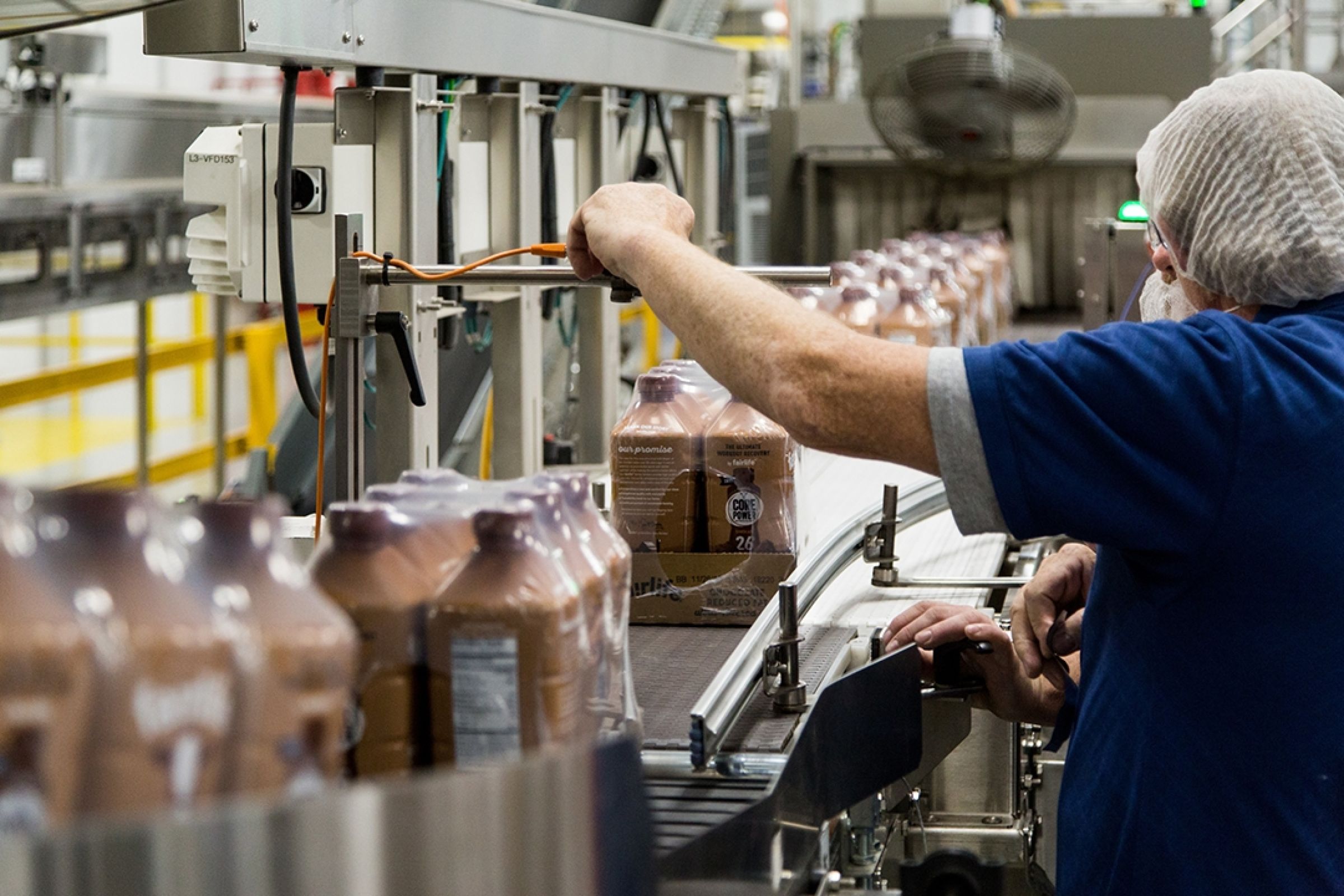March 18th, 2021
3P: Committing to people-first
While 2020 may be in the rearview mirror, the COVID-19 pandemic continues to challenge manufacturers, forcing them to find creative solutions to new and old problems alike. Once again, the Michigan Manufacturing Technology Center – West and The Right Place Inc. have partnered with MiBiz to host a new webinar series in 2021 to assist small- and medium-size manufactures in navigating the ever-changing business landscape.

While 2020 may be in the rearview mirror, the COVID-19 pandemic continues to challenge manufacturers, forcing them to find creative solutions to new and old problems alike. Once again, the Michigan Manufacturing Technology Center – West and The Right Place Inc. have partnered with MiBiz to host a new webinar series in 2021 to assist small- and medium-size manufactures in navigating the ever-changing business landscape.
The four-part webinar series will focus on the 3P Approach to Total Manufacturing Management, a philosophy built on the Six Sigma framework. Each webinar will take a deep dive into one of the P’s of the 3P approach: People, Process (two webinars), and Product. The first installment of the webinar series, published in February 2021, centered on the benefits of a people-first philosophy for manufacturers.
Too often, manufacturers express the notion they “just need bodies,” said Ben Wood, a business development specialist with Michigan Manufacturing Technology Center – West, who participated in the webinar. However, without considering employees’ likes and dislikes, their understanding of the business and importance of their position in the organization, simply throwing a body at the problem will only make the challenge worse in the long-run.
“Not only does this demonstrate a lack of caring from leadership, but it also puts companies on a quick path to destruction,” Wood said.
Placing employees in roles where they are comfortable, early in their career, gives them a foothold in the organization and allows them to carry that comfort level on as they take on more responsibility in the company. It also provides a coaching opportunity on the “why” of their position, one of the essential components of the 3P system.
“Positioning people is just like buying machines,” Wood said. “It doesn’t make sense to buy a stamping press to drill holes in piece of material.”
Wood advocates for a talent strategy that includes beginning with a goal and purpose for each new hire. He suggests employers instruct their new hires with a process map to teach them their internal and external customers and the results of mistakes on the company at large. Wood also noted the importance of manufacturing executives connecting with their employees, including setting aside time for open discussion on what the employees learned during their training process.
“You’re going to learn about people by asking questions,” he said. “It begins with your onboarding process… That’s going to be the foundation of this whole people part of the 3P process. You have to know your employees and their skillsets and where they want to add value. Once you understand that, there’s plenty of different ways to train them.”
Workplace Flexibility
COVID-19 has forced many businesses to confront unique personnel situations, whether hybrid work-from-home, or enhanced flexibility during the pandemic. While some manufacturing executives may view adapting to these new circumstances with an employee-centered focus as the “fuzzy” aspect of the business, it is essential if a business wants to attract and retain talent, said Cindy Brown, vice president of talent initiatives with The Right Place.
“If the thought is that people aren’t as important and your products, processes and services, then you’re going to constantly struggle to attract and retain the right people and get them in the right position,” Brown said.
Brown points to three key human resources challenges manufactures are likely to face through 2021. As the pandemic continues, Brown notes the importance of actively improving employee morale, both long-term and on a day-to-day basis. Manufacturing executives will also need to find ways to bridge the gap between traditional workplaces, and the new reality of working from home if they are to recruit and retain talent.
Commitment
Like many process improvements, the 3P approach demands commitment from company leadership. However, Wood notes that simply paying lip service to 3P will not yield success. Executives must follow through with people-centered process improvements and actively engage with their employees in open dialogue.
“If you’re going to require your employees have a clean work cell, with all their tools, snacks and everything organized and wiped clean, I would highly recommend that you don’t call them into your office and it looks like a hurricane went through there,” Wood said. “You can talk a good game but doing and showing is going to be way more effective as a leader.”
Ultimately, the webinar participants agreed that the success of 3P comes down to the commitment on the part of company executives to make changes in a holistic way that best benefits the organization.
“These are all tips you have probably heard before,” Brown said. “But what you do and how you do it will depend on your commitment to the organization. These ideas aren’t new, but how you implement them are.”
Watch the 3P Approach to Total Manufacturing Management: People webinar here. |